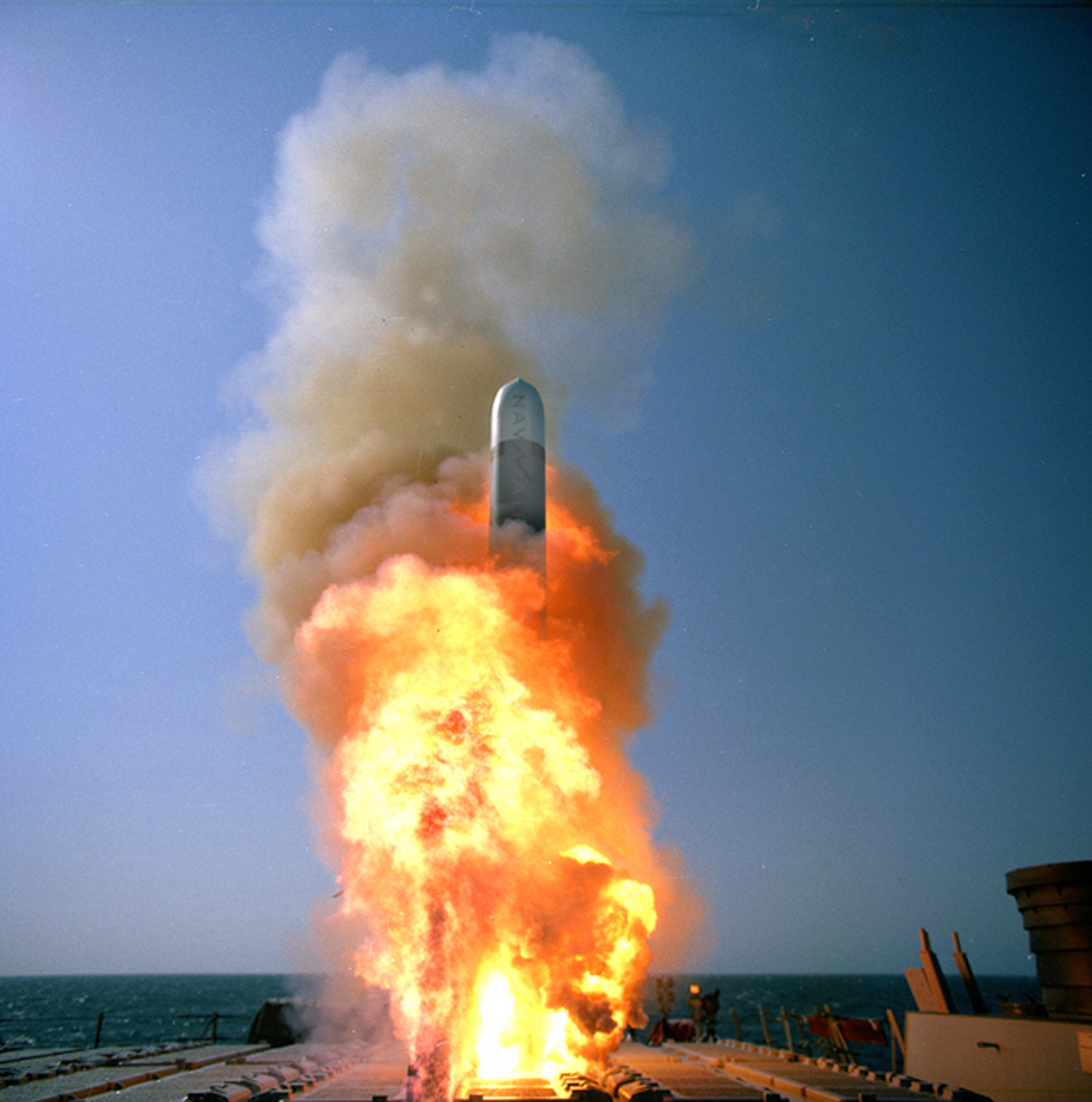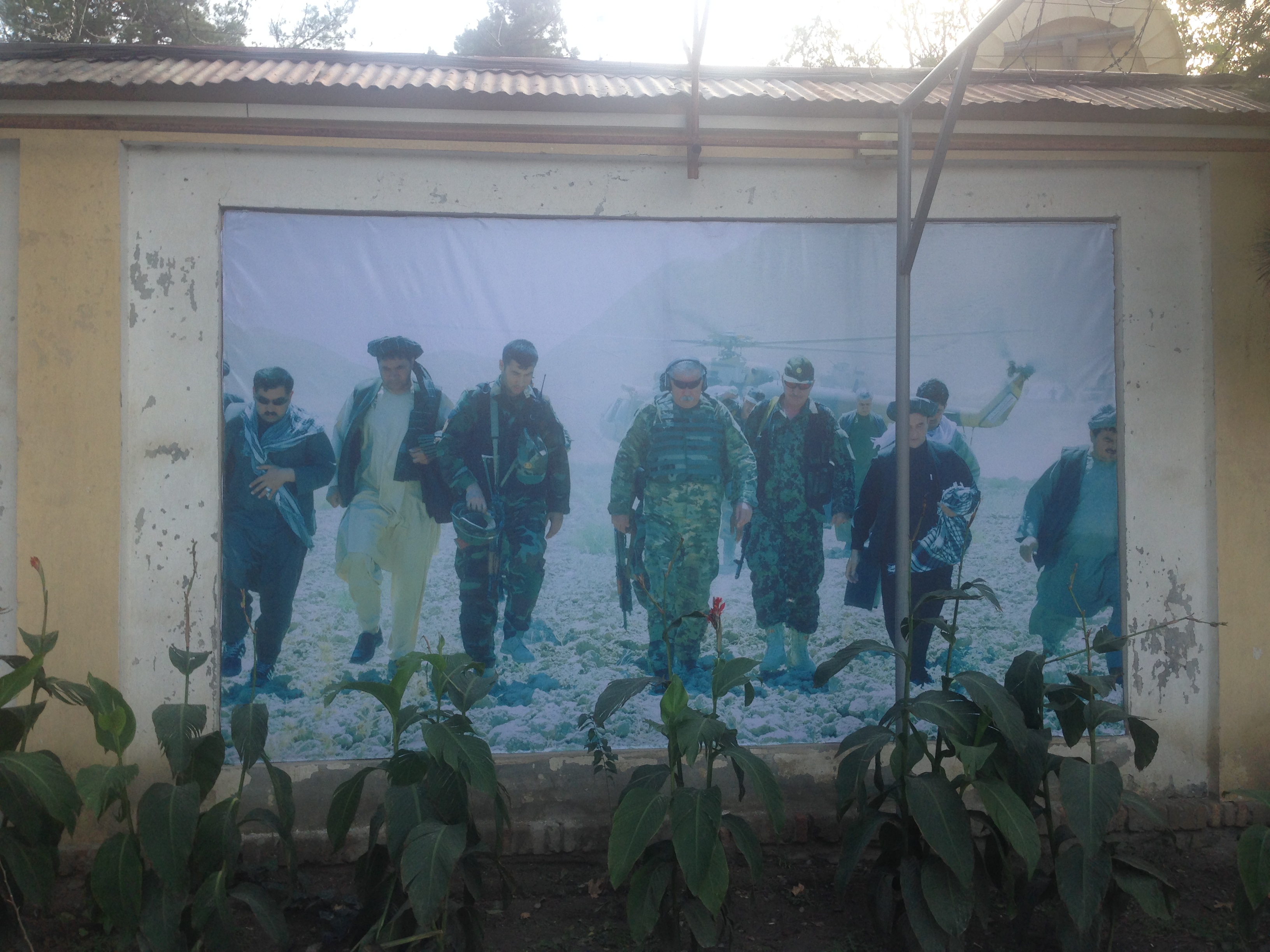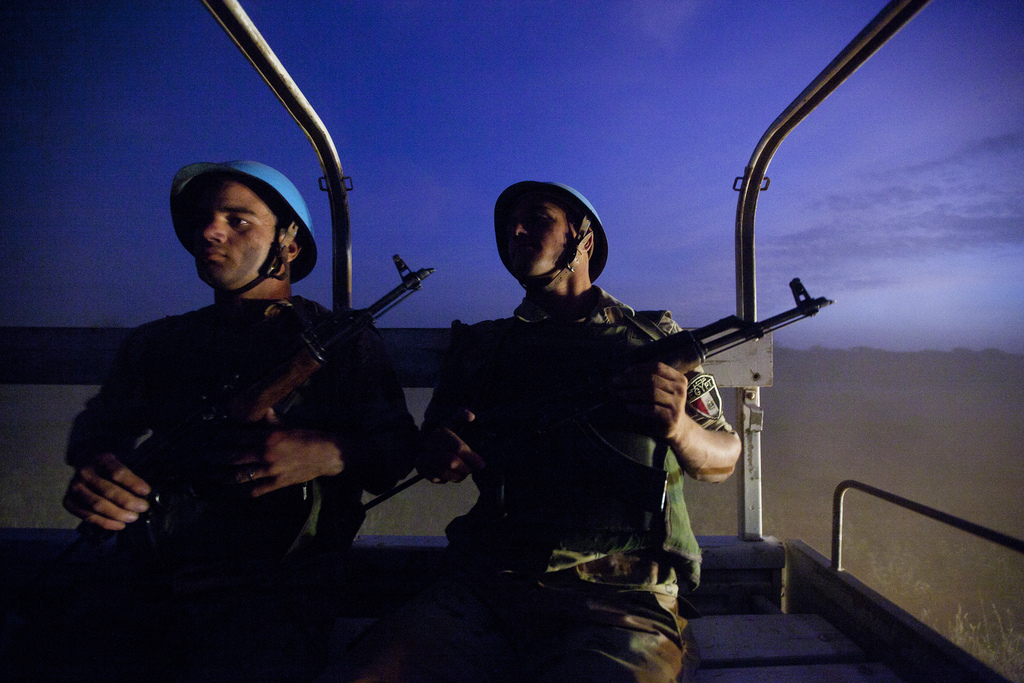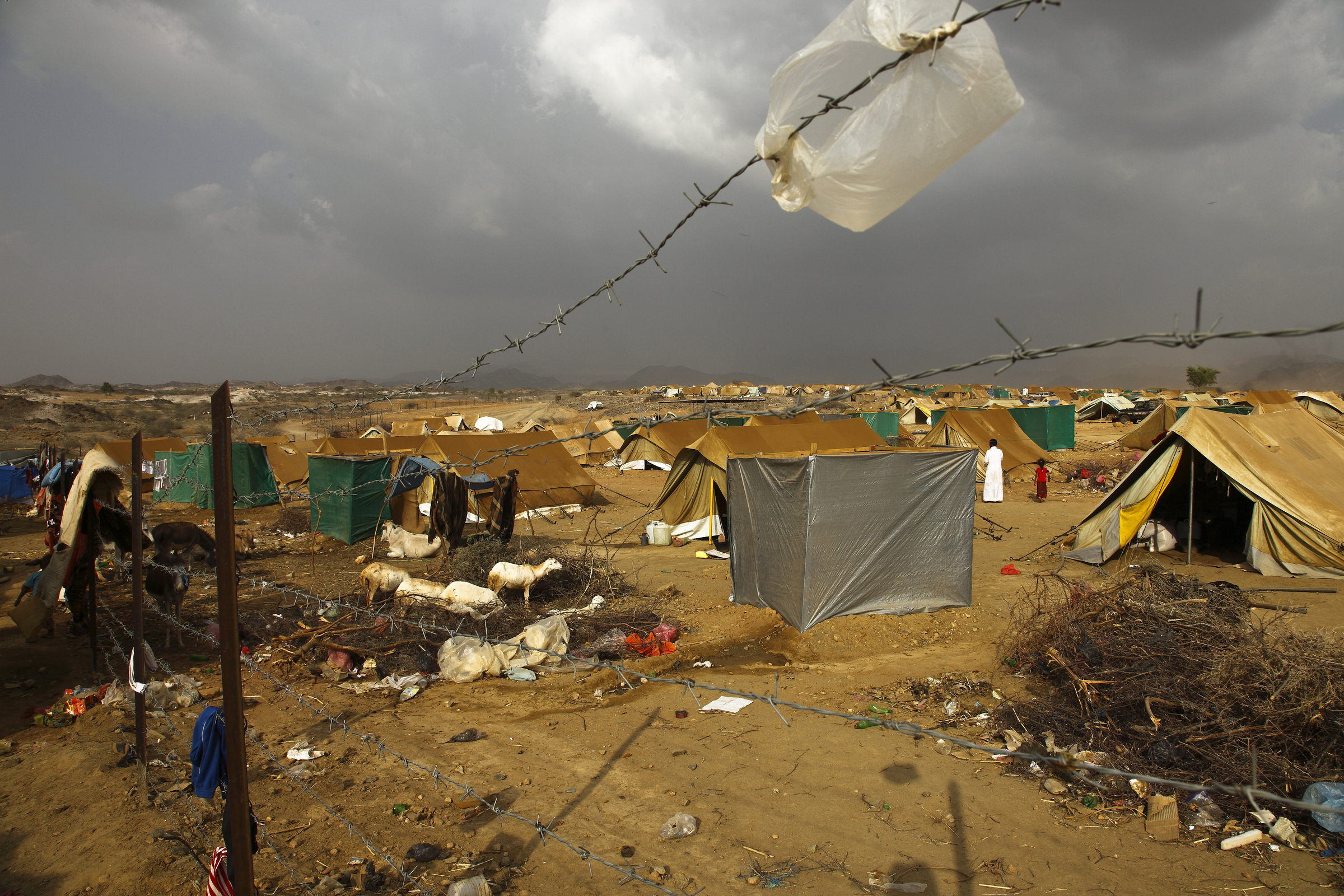On Monday I came across this little gem in the Washington Post’s coverage* of what now seems all but certain will be a US-led air strike on Syria in response to the Assad regime’s use of chemical weapons:
“The strike would probably not be directed at numerous and widely dispersed chemical weapons sites, but at damaging the Syrian air force and bases. It would be calculated as a deterrent to prevent further atrocities rather than ending Syria’s civil war.”
Fresh from submitting my APSA paper I did what I normally do when annoyed by something I’ve read, and took to Facebook to post my rant. The offense (pun intended) in this case was the Post’s misuse of the word “deterrence.” Given that any action ordered by President Obama, as Secretary Kerry noted, will be carried out as a “respon[se] to this indiscriminate use of chemical weapons,” I felt deterrence was the wrong term to use and emphatically said so. Deterrence, after all, is about drawing a line in the sand and waiting. And, as I repeatedly stress to my students, if you have to carry through on your coercive threat deterrence by definition has failed. Therefore, rather than constitute a deterrent, any air strike carried out by the US and its allies will more closely resemble a compellent act. (In this case, the deterrent was Obama’s 2012 pronouncement on the so-called “red line” chemical weapons use would cross.)

Imagine my surprise (okay, not really) when others commented that the use of term deterrence in this case was in fact correct. If the objective of the strike is to avert future atrocities, Simon Collard-Wexler told me, “then deter is the appropriate word.” Shashank Joshi weighed in on the same side, arguing that any military strike would only constitute compellence if it was “on-going and signaled to end only with cessation of some on-going act, e.g. Kosovo.” Other commentators appear to conceive of the forthcoming mission in similar terms, “as deterring or preventing Assad’s regime from using chemical weapons again.” (Emphasis added)
So which is it? Or rather, what will it be? For at issue is more than mere semantics. At the core of this debate is the question of US objectives.
My own thinking is deeply shaped by Schelling who defined compellence as “a threat intended to make an adversary do something,” and my own reading of the events quickly unfolding around us therefore is that a military strike on Syria represents compellence since it is intended to keep the Syrian regime from continuing to gas its own people. But Shashank is right to note that compellence typically practiced has a temporal dimension lacking in deterrence. The former is definite while the latter is indefinite. While Kerry today stressed that US action was forthcoming “as accountability for the use of chemical weapons so that it never happens again,” so far it’s unclear whether what the administration has in mind is a one-off strike designed to punish the Assad regime for having traversed the red line or a continuous aerial campaign aimed at bringing an end to future chemical use and or fighting altogether.
* Editor’s Note: The Washington Post’s article was updated after this piece was authored, and its wording altered. The Post still references a potential strike on Syrian regime targets as “designed to serve as punishment for Syria’s use of chemical weapons and as a deterrent.”








6 comments
I hadn’t thought about this for a second, but now I completely agree. It’s absolutely compellence, and I have been using deterrence wrong to refer to Syria.
I guess that probably most people haven’t heard compellence used, since it’s more of a word used in international relations wonk circles. I don’t really think I’ve ever heard it used by anyone except my foreign policy friends. But if I understood the concept correctly (and googling seems to say I do) that deterrence is imposing cost on future actions, while compellence is imposing cost on ongoing actions?
So I guess the argument from your interlocutors is hair-splitting about whether or not future weapon use would be a particular *event* or an ongoing *situation*. I would argue that the situation in Syria is an ongoing threat of chemical weapons use, instead of a possible future single event and that the compellence in this case is to make Assad no longer consider using chemical weapons in the ongoing conflict. Thanks for making the point.
Deterrence and punishment, not compellence (at least for the time being). As per Schelling, deterrence is dissuasion via the threat of punishment to prevent someone from initiating an action specified ex ante. Compellence is about threatening punishment with the objective of stopping an action that is ongoing or initiating an action that the other would not otherwise take place. The goal of the red line speech and previous threats of force if Assad used chemical weapons were deterrent threats. When deterrence fails, punishment follows (or doesn’t, if the threat is just a bluff). The logic behind attacking now is to avoid that future deterrent threats will be seen as not credible. We can debate whether that is the right course of action (I posted my own rant against it in my blog imminentcrisis.wordpress.com), but the use of the vocabulary is correct. If Assad were actively engaged in an ongoing chemical campaign (which we have no indication of being the case), than we could talk of a compellent threat or use of compellent force to make him stop the campaign. But it would be incorrect to say that the attacks that will probably be conducted in the following days(?) are compellent, given that they are explicitly not meant to stop Assad from killing civilians or attacking insurgents, but merely to deter Syrian armed forces from using chemical weapons again.
I find Colin Gray’s threefold approach useful here:
i. Deter: Dissuade, by menaces alone, someone not to do that which we are persuaded they are motivated to do
ii. Coerce: To inflict pain, for the purposes of dissuasion, by the credible threat to inflict yet more pain in the absence of timely compliance
iii. Defeat: To employ brute force, discarding the need for the enemy to cooperate, and simply to attempt to disable his powers of resistance.
[Gaining Compliance: The Theory of Deterrence and its Modern Application
Colin S. Gray
Comparative Strategy
Vol. 29, Iss. 3, 2010]
Deterrence clearly applies to point i. above, compellence to point ii., and military (brute) force to point iii. If you’re shooting, you have moved beyond deterrence, IMHO.